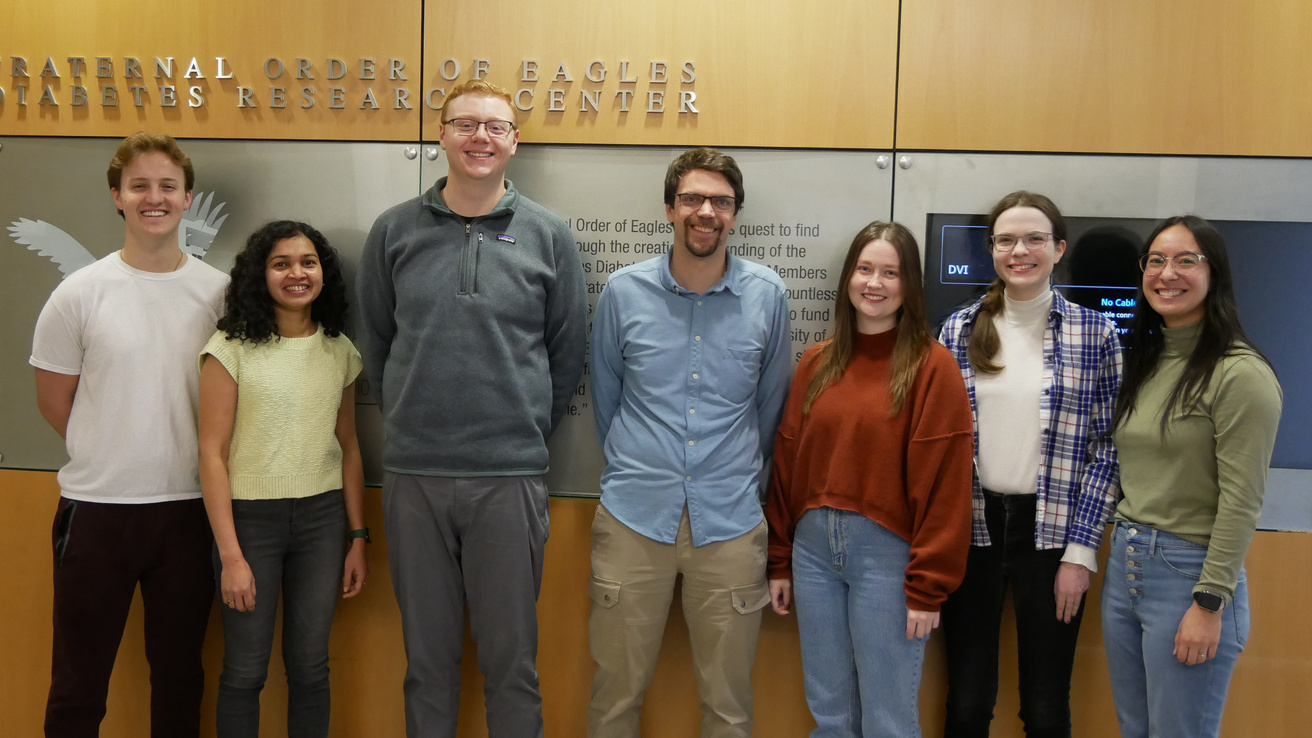Research Interests
Our lab studies the regulation of plasma lipid and lipoprotein metabolism, with a particular interest in how delivery of fatty acids to peripheral tissues is regulated in both healthy and disease states. Dysregulated lipid metabolism is associated with a variety of metabolic diseases, including diabetes and cardiovascular disease. Lipids are trafficked in the bloodstream in lipoproteins including chylomicrons, VLDL, LDL, and HDL, and the metabolism of these lipoproteins is essential for maintaining lipid homeostasis.
The levels of lipids and lipoproteins in the blood are controlled in part by enzymes called lipases. For example, lipoprotein lipase hydrolyzes triglycerides in chylomicrons and VLDL, releasing fatty acids that are taken up by tissues for fuel, storage, or synthesis of more complex lipids. Another lipase, endothelial lipase, acts on the phospholipid shell of HDL and regulates HDL cholesterol levels. Our lab studies how these lipase pathways are controlled, with a particular focus on the ANGPTL family of proteins. Three members of the ANGPTL family, ANGPTL3, ANGPTL4, and ANGPTL8 act to inhibit lipases. Moreover, human genetic studies have found that deficiency in and of these proteins protects against cardiovascular disease, prompting a push towards therapeutics that target these proteins. We are interested in how, where, and when ANGPTL proteins interact with lipases like lipoprotein lipase and endothelial lipase, and in how these interactions alter lipid homeostasis and might contribute to or protect against metabolic disease.

News
There are currently no results to display.